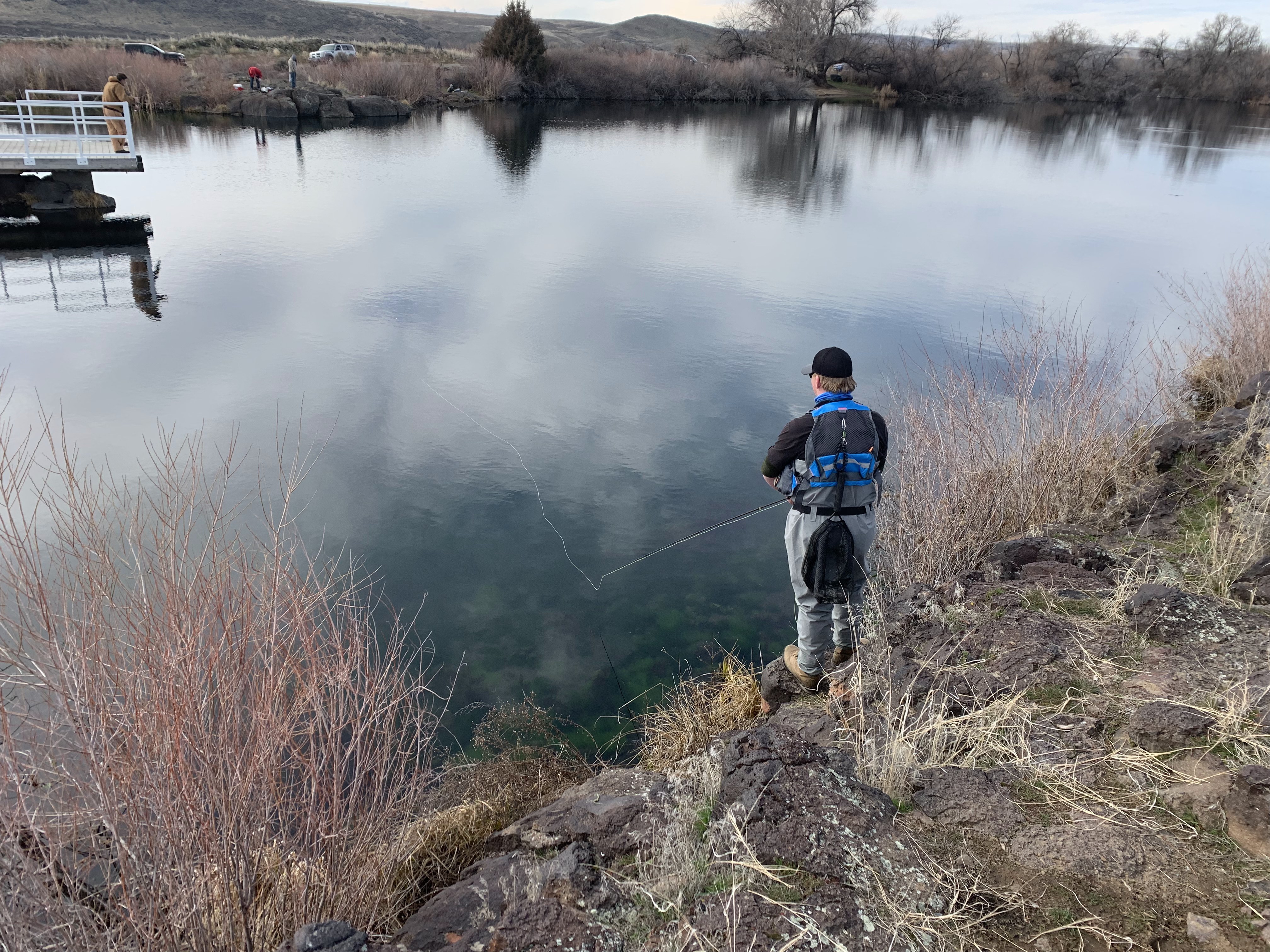The waters at Hagerman WMA are a magnet for waterfowl and anglers. More than 40,000 ducks and geese descend on the WMA for the winter, and when spring arrives, the family-friendly fishing draws anglers of all ages.
The WMA's primary purpose is to provide habitat for waterfowl and upland game birds. Parts of the WMA are closed in the winter and spring to protect wintering and nesting birds. Ring-necked pheasants and California quail are common and mule deer are year-round residents. Furbearers such as muskrat, beaver, mink, and river otters use the area as well.
Hagerman is the first WMAs to be established in Idaho and the Hagerman Fish Hatchery is located here. The water, wetlands, and natural areas make it a destination for wildlife viewing.


